12 Tips for Boosting Azalea Blooms
Azaleas are beautiful plants that can brighten any garden with their vibrant blooms. However, getting them to produce more flowers can sometimes be a challenge. With the right care, you can encourage your azaleas to bloom more frequently. Understanding their needs and making a few adjustments can make a big difference. These tips will help you get the most out of your azalea plants and enjoy their stunning flowers all season long.
This post may contain affiliate links, which helps keep this content free. Please read our disclosure for more info.
Choose the Right Location

Azaleas thrive in areas with partial shade, especially in regions with hot summers. They do not do well in full sunlight, as too much direct sun can scorch their leaves and hinder blooming. Aim for a spot that receives morning sun and afternoon shade to keep them healthy and encourage blooming. By choosing the right location, azaleas can focus on producing flowers rather than struggling to survive harsh conditions.
When selecting a location, consider the surrounding plants, as azaleas may not bloom if they are shaded by taller plants or trees. Providing good air circulation is also important to prevent diseases. Avoid areas with strong winds or too much direct sunlight. A location with light shade and some protection from the wind is ideal for helping your azaleas bloom.
Plant in Well-Drained Soil

Azaleas prefer slightly acidic soil that is rich in organic matter and well-drained. It is important to plant azaleas in soil that does not retain too much water, as soggy conditions can lead to root rot. To ensure proper drainage, consider adding organic material such as peat moss or compost when planting. This will help improve the soil’s structure and provide the necessary nutrients for healthy growth and blooms.
Avoid planting azaleas in heavy clay soil, as it can become compacted and prevent proper root growth. Regularly check the soil’s moisture level to ensure it remains evenly moist without being waterlogged. If the soil does not drain well, using raised beds can help promote better drainage. Healthy roots are key to producing strong blooms in your azaleas.
Prune After Blooming
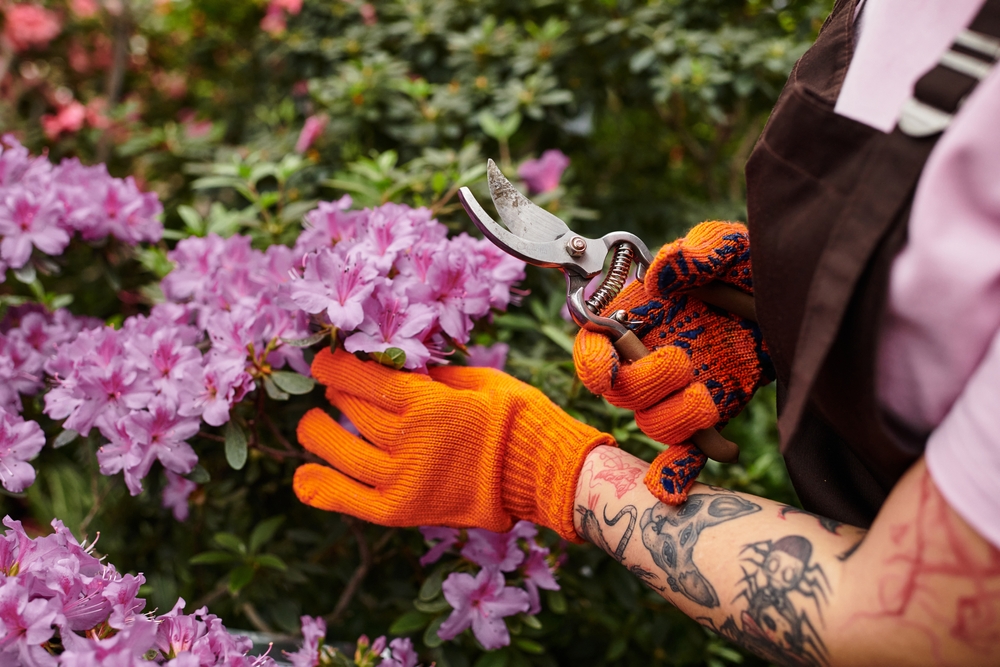
Pruning your azaleas immediately after they finish blooming is important for encouraging future blooms. By cutting away dead or spent flowers, you direct the plant’s energy into producing new growth and buds. Avoid heavy pruning in the fall, as this can remove buds that would bloom the next season. Pruning helps maintain the shape and size of the plant while ensuring the next season’s flowers.
Regular pruning also improves airflow and reduces the risk of diseases. For best results, prune azaleas to remove leggy or overcrowded growth. Keeping the plant’s shape tidy will help it focus its energy on healthy growth and flower production. Light pruning after bloom will keep your azaleas looking neat and help increase the number of blooms the following year.
Fertilize at the Right Time
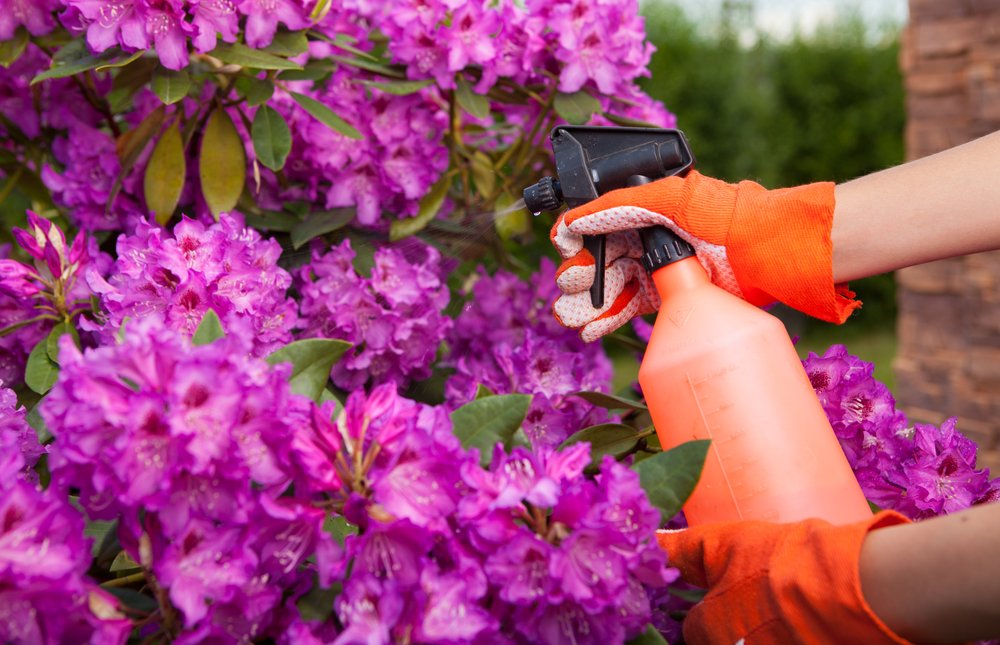
Proper fertilization is essential to getting azaleas to produce more blooms. Use a slow-release fertilizer designed for acid-loving plants, as azaleas thrive in slightly acidic soil. Fertilize in early spring, just as the plant begins to show signs of new growth, and again after the blooms fade to promote healthy foliage and future blooms. Over-fertilizing can lead to excessive leaf growth and fewer flowers, so use the fertilizer sparingly.
Organic fertilizers, such as compost or well-rotted manure, can also be beneficial to azaleas. These organic options help improve soil structure while providing essential nutrients like nitrogen, phosphorus, and potassium. Make sure to follow the manufacturer’s recommendations on how much to apply. Proper fertilization encourages strong growth and vibrant blooms throughout the growing season.
Water Azaleas Consistently, But Not Too Much

Azaleas require consistent moisture to thrive, but overwatering can harm them. Water your azaleas deeply to encourage root growth, but allow the soil to dry slightly between waterings. Azaleas prefer moist, well-drained soil, so ensure that the water does not pool around the roots. By maintaining consistent moisture, you support healthy plants that are more likely to produce a greater number of flowers.
During dry spells, azaleas may require more frequent watering. It is important to monitor the moisture level in the soil, especially in containers or raised beds. Be careful not to water too frequently, as excess moisture can lead to root rot. Deep watering encourages the roots to grow deeper, helping the plant access nutrients and water more effectively.
Mulch for Moisture Retention
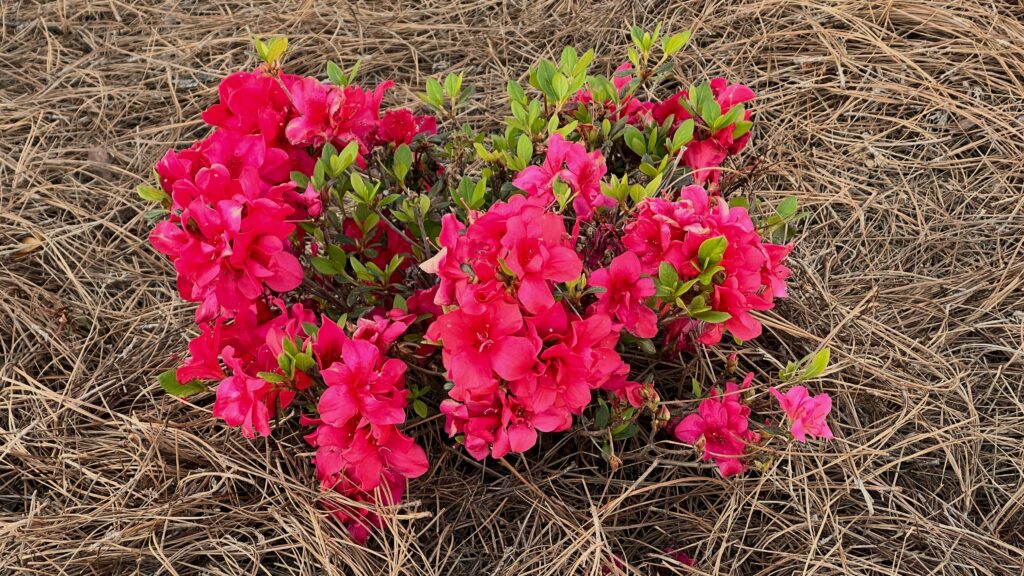
Mulching around your azaleas is an effective way to maintain consistent soil moisture and reduce the risk of weeds. Use a 2-3 inch layer of organic mulch, such as pine bark, wood chips, or pine needles. Mulch helps retain moisture in the soil, keeping the roots cool during hot weather and protecting them from drying out. It also slowly decomposes, adding valuable nutrients to the soil.
Avoid piling the mulch directly against the base of the plant, as this can cause rot. Mulch also helps maintain the acidic conditions that azaleas need to thrive. Regularly check the mulch level to ensure it is still providing adequate coverage. Proper mulching helps create a healthy environment for your azaleas to grow and bloom.
Protect from Harsh Winter Conditions

Azaleas can be sensitive to cold temperatures, and harsh winters can hinder their ability to bloom. In colder regions, protect your azaleas by covering them with burlap or frost cloth during the winter months. Mulching around the base of the plant provides extra insulation, helping to prevent freeze damage to the roots. If your azaleas are in containers, move them to a sheltered location during extreme cold spells.
Plant azaleas in areas with natural protection from the wind, such as near a building or fence. If you live in a colder climate, consider selecting hardier varieties of azaleas that can withstand lower temperatures. Proper winter care ensures that the plant remains healthy and can bloom the following spring. Protecting your azaleas from winter stress helps ensure a stronger, more vibrant bloom in the warmer months.
Give Space to Grow
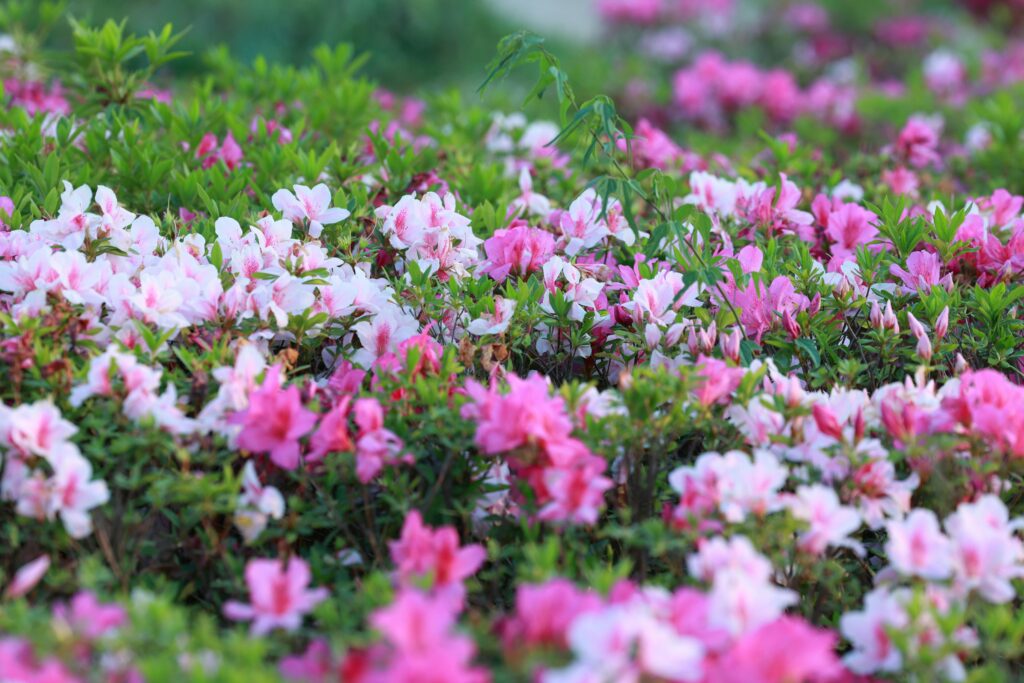
Azaleas need space to grow and thrive, so avoid overcrowding them with other plants. When planting azaleas, ensure there is enough room for the roots to spread and for air to circulate around the plant. Overcrowded conditions can limit the amount of sunlight and nutrients the plant receives, resulting in fewer blooms. Provide your azaleas with at least 2-3 feet of space between plants to help them grow healthy and strong.
Proper spacing also helps with disease prevention, as good air circulation reduces the likelihood of fungal infections. Azaleas should not be planted too close to walls, fences, or other large plants that may block sunlight. Adequate space allows your azaleas to flourish, which ultimately leads to more abundant flowers. By giving your azaleas enough room to grow, you help ensure a vibrant, healthy display of blooms.
Choose the Right Variety for Your Climate
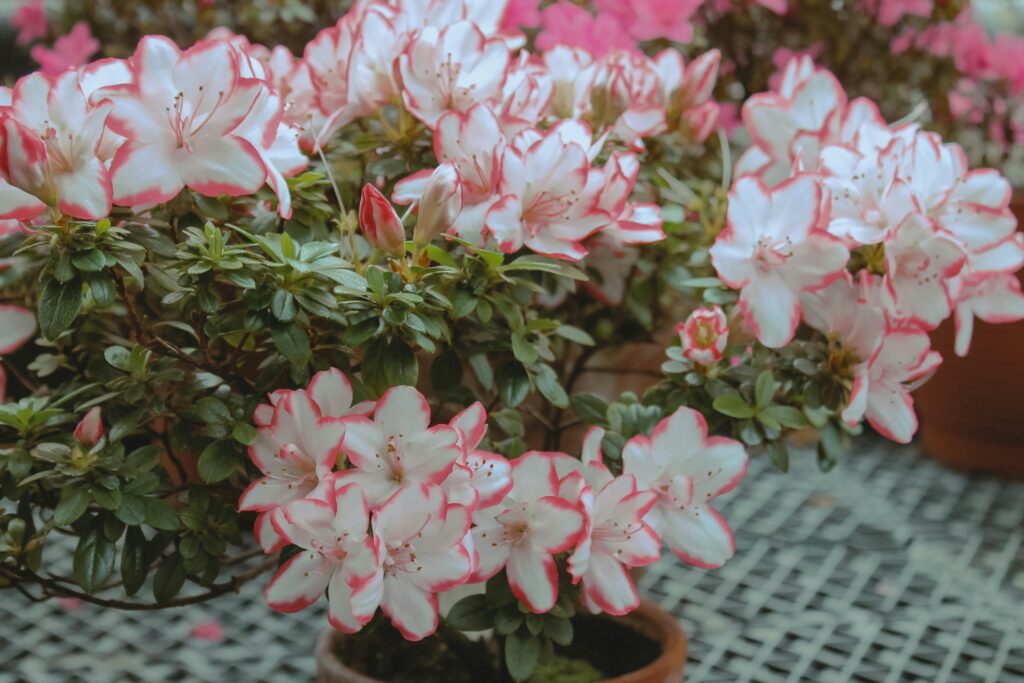
Selecting the right azalea variety for your climate is crucial for encouraging more blooms. Some azaleas are better suited for warmer climates, while others thrive in cooler regions. Choose a variety that is well-adapted to your area’s temperature and humidity levels to ensure healthy growth and consistent blooming. Local nurseries or gardening experts can help guide you in choosing the best variety for your garden.
Certain varieties of azaleas are more resistant to pests and diseases, which can further promote healthy blooming. By selecting a variety that thrives in your specific climate, you set your azaleas up for success. Azaleas that are suited to your area will require less maintenance and produce better blooms over time. A suitable variety will grow stronger and bloom more profusely.
Check for Pests and Diseases Regularly

Azaleas are susceptible to pests and diseases that can limit their ability to bloom. Common pests like aphids, lace bugs, and spider mites can damage the plant and reduce flower production. Regularly inspect your azaleas for signs of pest infestations or fungal diseases, and treat them promptly. Using natural or chemical treatments can help prevent long-term damage and improve the plant’s health.
Azaleas are also prone to root rot, particularly in poorly drained soil. Inspect the base of the plant and the leaves for signs of discoloration or wilting, which may indicate an issue. Early detection and treatment of pests and diseases will help your azaleas grow strong and produce more blooms. Regular maintenance and monitoring will keep your plants in top condition.
Re-pot When Necessary
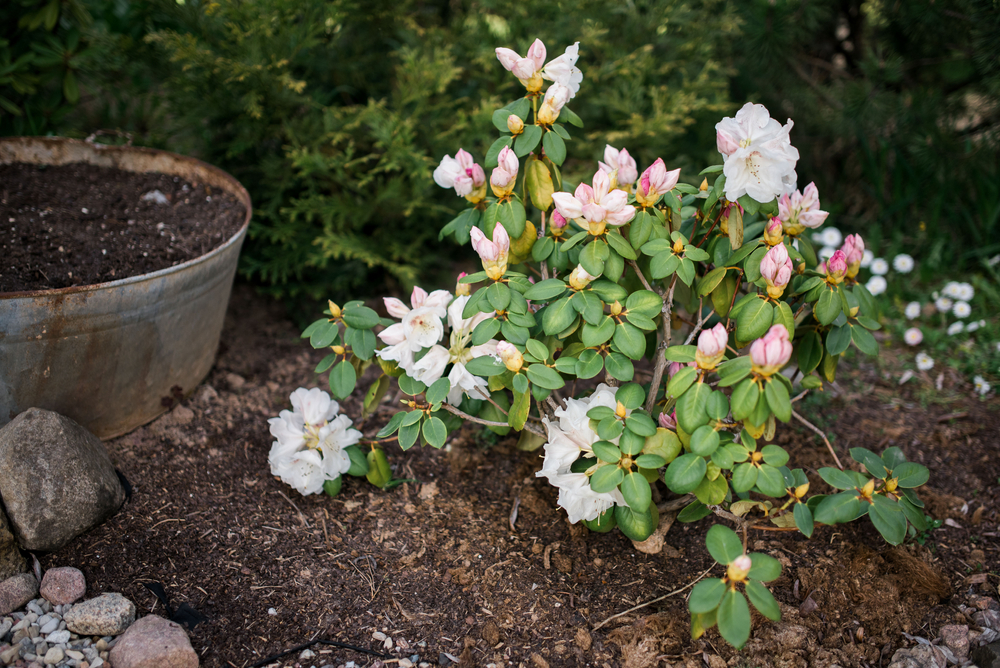
Azaleas grown in containers can become root-bound if left in the same pot for too long. If your azaleas have outgrown their container, consider re-potting them into a slightly larger one. This provides the plant with more room to grow and ensures the roots have access to fresh, nutrient-rich soil. Re-potting also helps rejuvenate the plant and supports better blooming the following season.
Be sure to choose a container with good drainage and use a well-draining, acidic potting mix designed for azaleas. Re-pot your azaleas during the early spring before new growth starts, which is the ideal time for re-potting. Azaleas planted in containers that are too small can become stressed, which will limit their blooming ability. Providing adequate space for the roots is essential for the overall health and flowering potential of your azaleas.
Feed with Organic Fertilizer
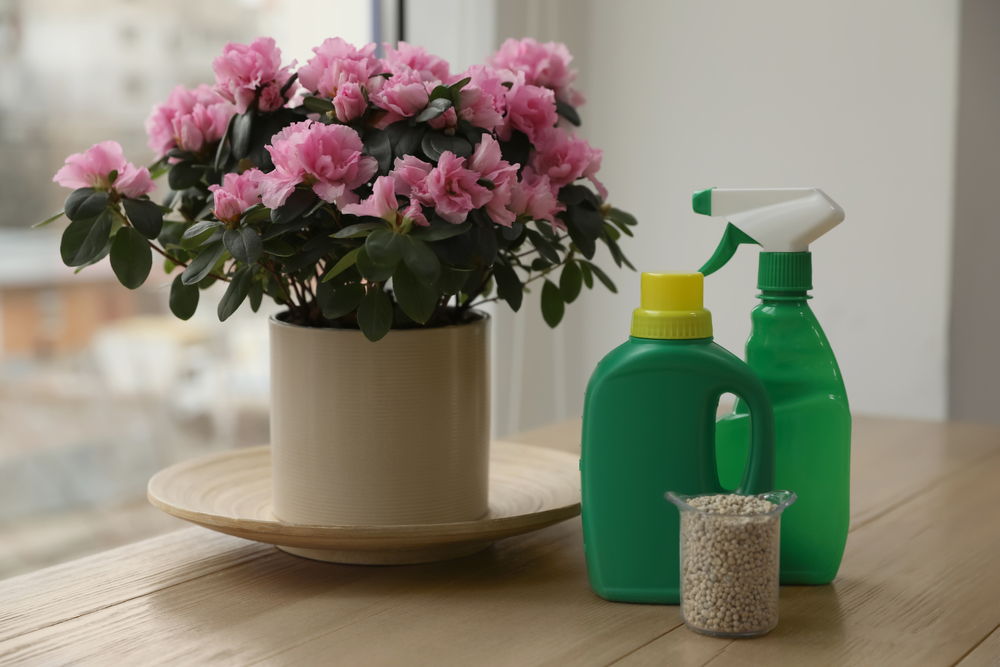
Azaleas thrive when fed with the right nutrients, and organic fertilizers are an excellent choice for promoting blooming. Use a fertilizer that is formulated for acid-loving plants to maintain the slightly acidic soil conditions azaleas prefer. Organic options like compost or fish emulsion can provide slow-release nutrients that support long-term plant health. Apply the fertilizer in early spring, just as the new growth begins, and again after blooming to keep your azaleas strong.
Avoid over-fertilizing, as too much fertilizer can result in excessive leaf growth at the expense of blooms. Organic fertilizers also help improve soil structure and promote a healthy root system. Feeding your azaleas regularly will provide them with the necessary nutrients to produce vibrant flowers year after year. Organic options are not only beneficial for the plant but also safer for the environment.
Caring for your azaleas with these simple adjustments can lead to more vibrant blooms and a healthier plant. Taking the time to understand their needs will ensure they thrive in your garden.
This article originally appeared on Avocadu.
